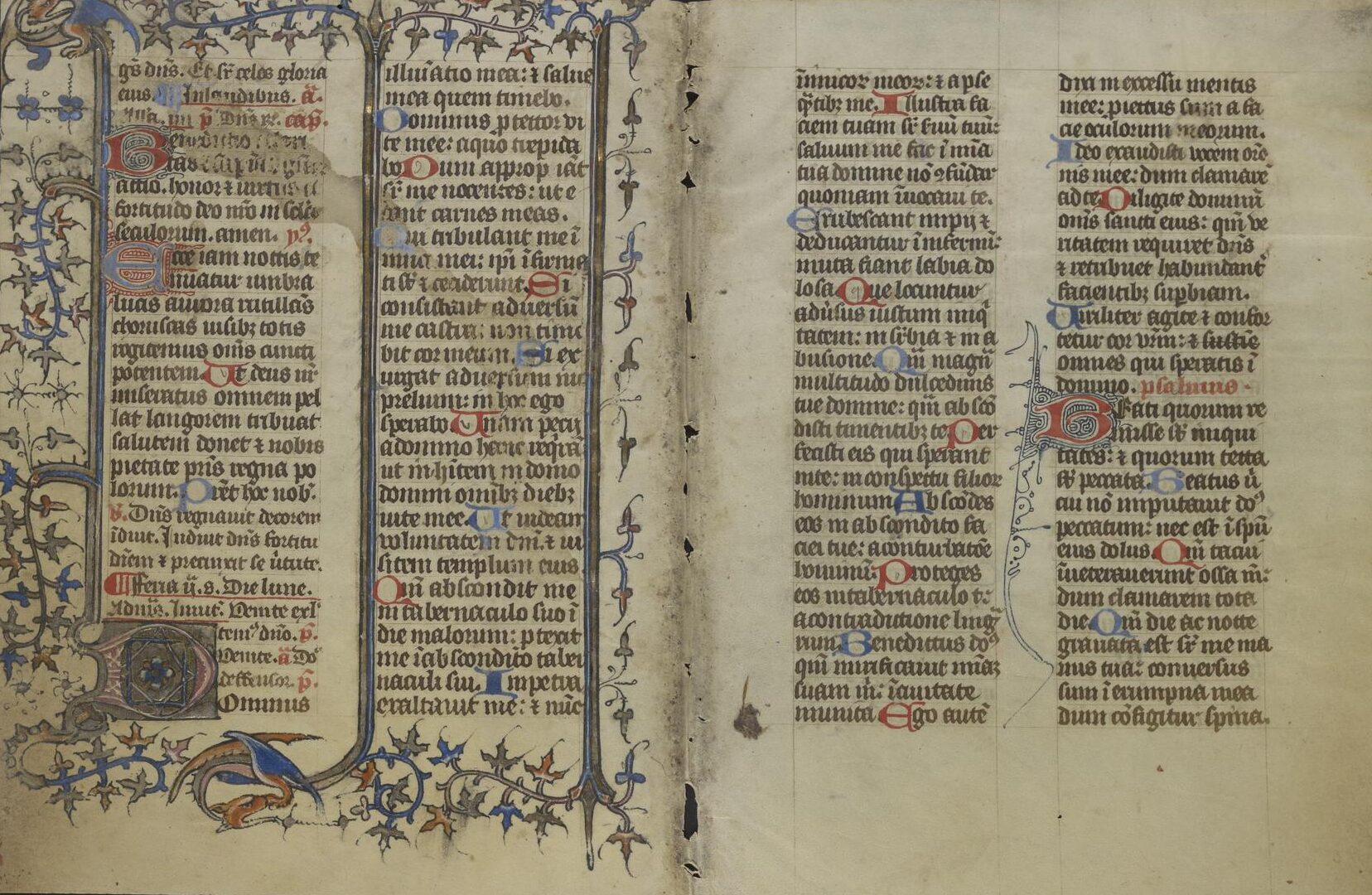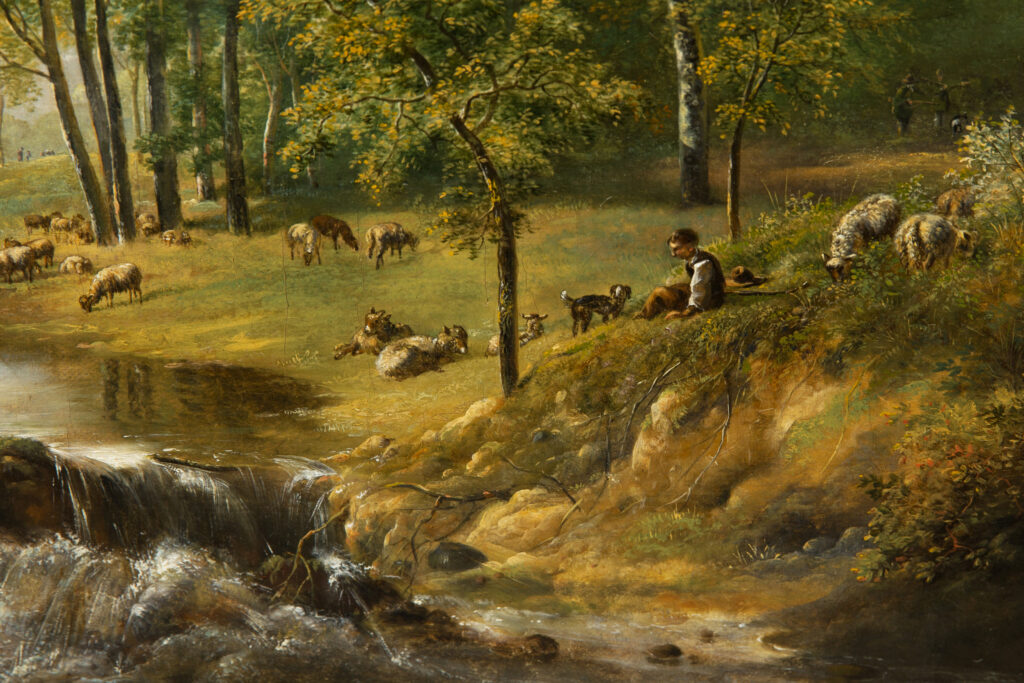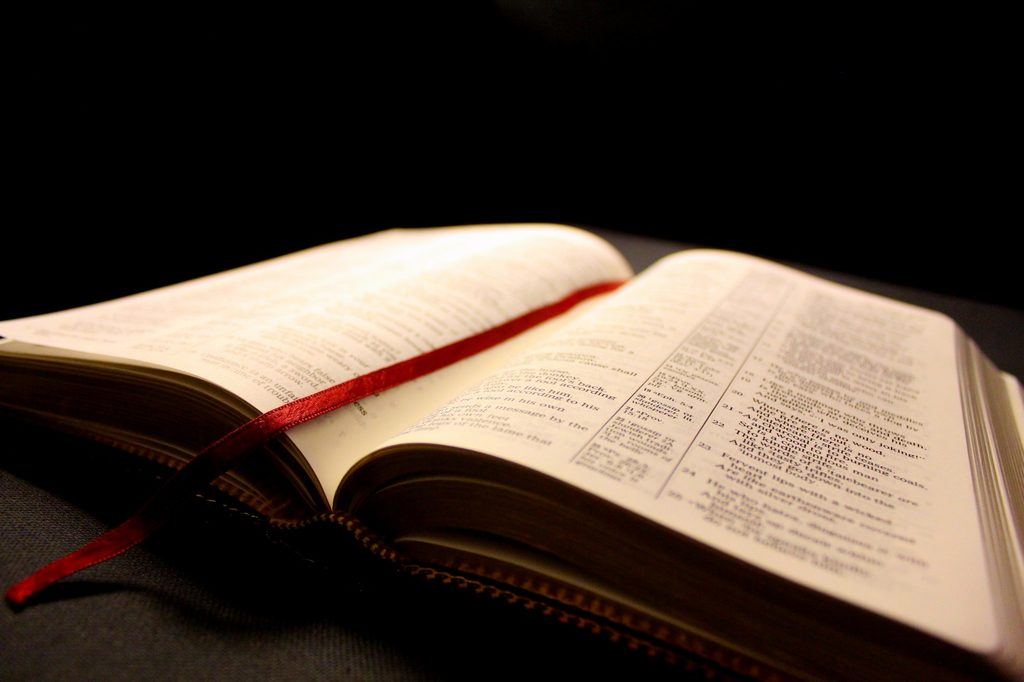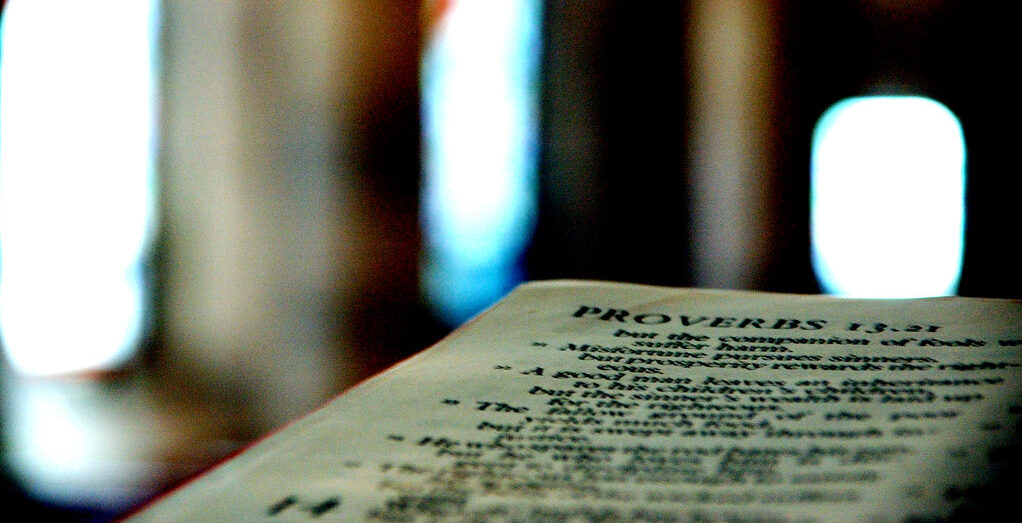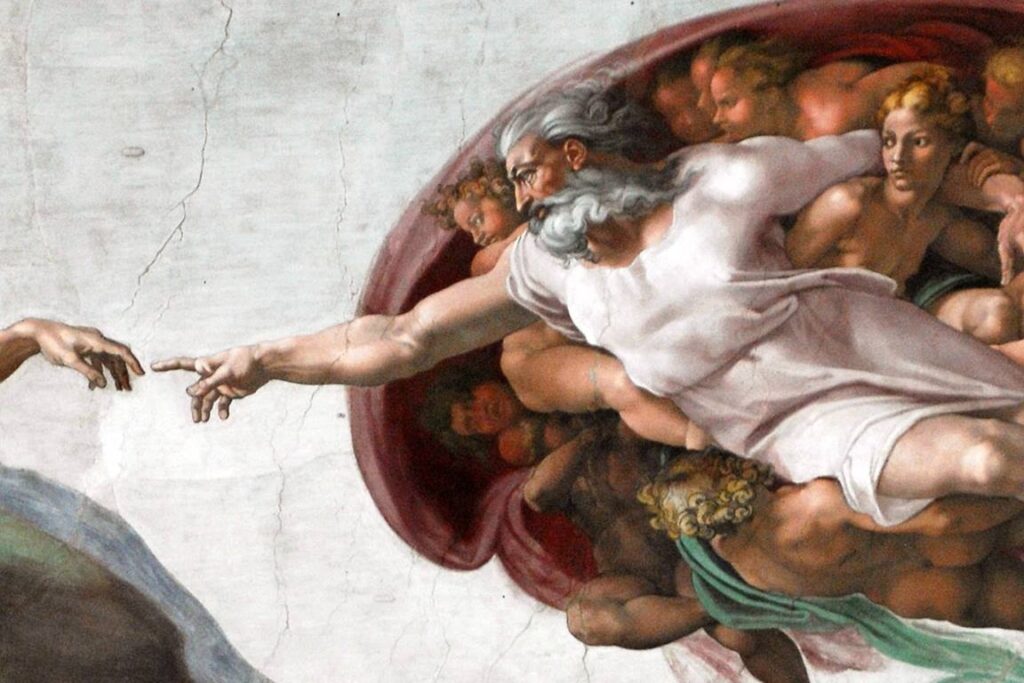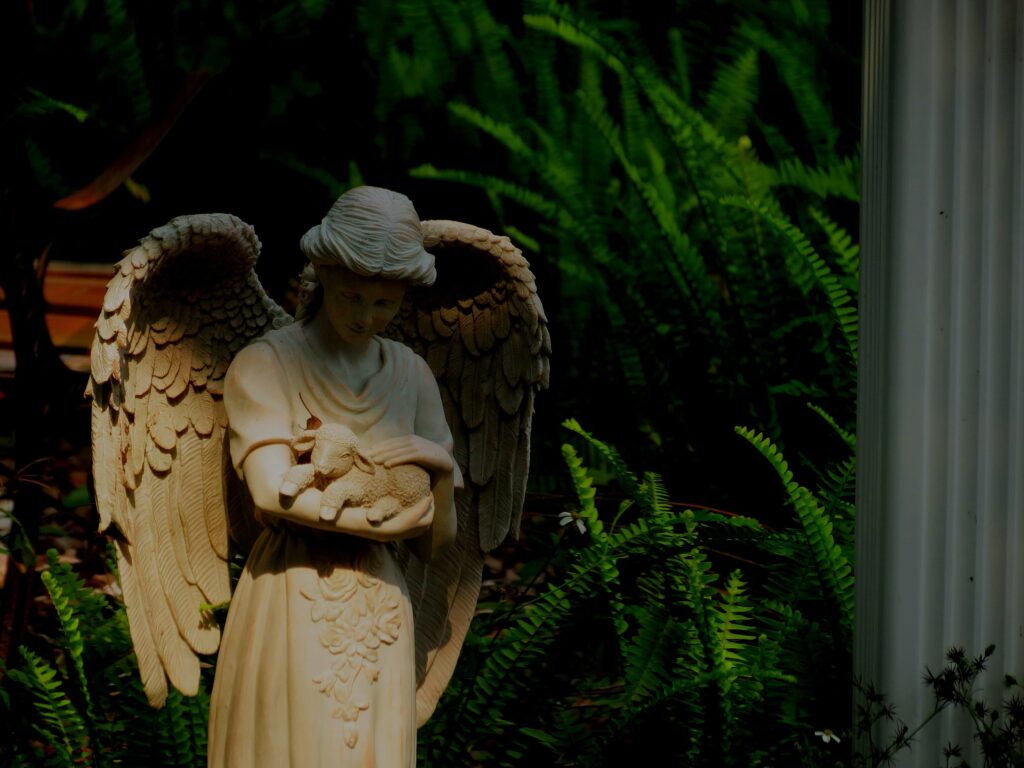“Because of your unfailing love, I can enter your house; I will worship at your Temple with deepest awe. Lead me in the right path, O Lord, or my enemies will conquer me. Make your way plain for me to follow.” Psalm 5:7-8
The Book of Psalms sits near the middle of most standard Christian Bibles. Psalms aren’t found in the Torah because these writings aren’t books of the Law, but rather more artistic expressions. Faithful Jews integrate the Psalms into times of public worship and prayer, as do many Christian churches.
Characteristics and Purpose of the Book of Psalms
The Book of Psalms conveys itself as a collection of expressive poems, and is one of the few books of the Hebrew Bible (also known as the Old Testament in Christian Bibles) noted to have multiple authors. Proverbs follows a similar authorship approach. Psalms was originally called Tehillim in Hebrew, which translates to “songs of praise” in English – a very apt description of these writings. The word “psalms” derives from the Septuagint’s Greek title Psalmoi. These songs of praise, spiritual songs, and psalms of lament reflect on much of Israel’s history, and are often intended to point readers toward their source of true hope.
Psalms were primarily written to be used in Jewish worship services, and are also often included in Christian worship services. This type of sacred song or poem exhibits emotional words of love and worship towards God that reflect the full range of human emotions. Sometimes the Psalmist describes feelings of happiness; other times the Psalmist writes from a place of discouragement or depression. King David wrote many of the Psalms, and he honestly shared feelings of loneliness, abandonment, and fear, along with feelings of love, thanksgiving, and praise. David exhibited all the attributes of a mighty king, but he also demonstrated himself to be a true worship leader for his people. 1 Corinthians 23:5 records that David compiled a 4,000-piece orchestra of lyres, flutes, horns, and cymbals for use during times of worship.
Historical Context
At the time when the Psalms were written, people often prayed through song, both in times of blessing and of difficulty. While the Book of Psalms includes many expressions of human emotion (e.g. joy, gladness, sadness, and fear), the true source of inspiration for the book is God Himself.
People of the Jewish faith view the Book of Psalms with the same level of reverence as they do the Pentateuch or Torah. Jews sang the Psalms in front of the temple. The book educated as well as encouraged the Jewish community in both a personal and community-centered way. The Jews looked at the Psalms as the ultimate self-help tool.
Psalters have been designed for liturgical use for many centuries. What’s the difference between the Book of Psalms and a Psalter? According to the introduction in the New International Version of the Bible, “The Psalter is a book of prayer and praise. In it, faith speaks to God in prayer and of God in praise. The Psalms are contained therein, however, it is different from the Book of Psalms in that it contains liturgical information for churches and synagogues. There are also Psalms that are explicitly didactic (instructional) in form and purpose, teaching the way of godliness. One of its main purposes was instruction in the life of faith, a faith formed and nurtured by the Law, prophets, and the canonical wisdom literature. Accordingly, the Psalter is theologically rich.”
Christians of today continue to find inspiration in the Psalms. When life feels hard or chaotic, the Psalms offer words of hope that provide comfort, regardless of our current emotional state. Jews and Christians alike experience gratefulness for the guidance and solace found within.
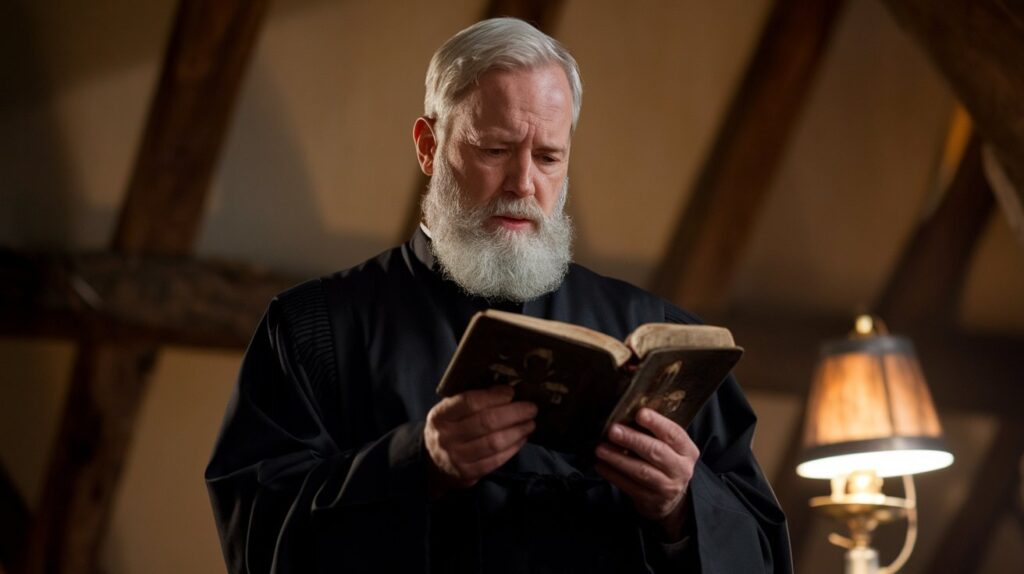
The Structure of the Book of Psalms
The 150 individual Psalms reflect anger, comfort, and acceptance, as well as devotion to God. The book is divided into an introduction and five books:
Introduction: Psalms 1-2
Psalms 1:1-2 “Blessed is the one who does not walk in step with the wicked or stand in the way that sinners take or sit in the company of mockers, but whose delight is in the law of the Lord, and who meditates on his law day and night.”
Book 1: Psalms 3-41
These Psalms were almost exclusively written by David, using the term Yahweh as God.
Psalms 41:13 “Blessed be the Lord, the God of Israel, from everlasting-to-everlasting. Amen and Amen.”
Book 2: Psalms 42-72
Psalms 42-72 are mostly attributed to David as well, along with the sons of Korah, and Asaph. The term Elohim is commonly used to refer to God in these Psalms. The sons of Korah grew in their relationship with God while serving as soldiers and musicians under King David, after rejecting their father’s rebellion and rejection of God. The identity of Asaph the psalmist isn’t entirely clear; scholars say it’s possible he was simply transcribing the words of David.
Psalms 72:18-19 “Blessed be the Lord, the God of Israel, who alone works wonders. And blessed be his glorious name forever; and may the whole earth be filled with his glory. Amen and Amen.”
Book 3: Psalms 73-89
These Psalms are attributed to both Asaph and the sons of Korah and Ethan.
Psalms 89:52 “Blessed be the Lord forever! Amen and Amen.”
Book 4: Psalms 90-106
Psalms 90-106 don’t include an attributed author; they generally focus on bringing praise to Yahweh.
Psalms 106:48 “Blessed be the Lord, the God of Israel, from everlasting even to everlasting. And let all the people say, “Amen!” Praise the Lord.”
Book 5: Psalms 107-150
Psalms 107-150 don’t tend to list a specific author either, but 15 of these name David as the source.
Psalm 150: ”Praise the Lord. Praise God in his sanctuary; praise him in his mighty expanse…Let everything that has breath praise the Lord. Praise the Lord.”
Genres
Hermann Gunkel (1862-1932), a German Old Testament scholar, sought to classify all 150 Psalms by genre. According to Gunkel, the distinct genres of the Psalms all a) have a similar setting; b) are characterized by common thoughts and feelings; and c) have a shared diction, style, and structure. Gunkel wanted to convey a different approach for organizing the Psalms. He sought to align them by genre, instead of historically or via their literary content. Gunkle highlighted four primary types of psalms: hymns, community laments, individual thanksgiving psalms, and individual laments. Various subcategories of these also exist, along with several mixed forms.
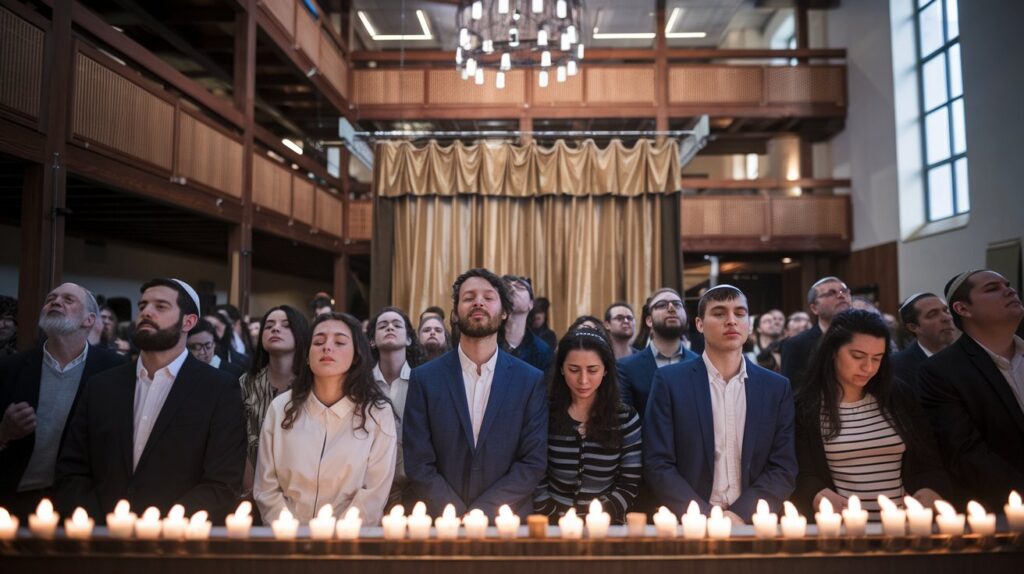
Relevance of Psalms in Jewish Culture
Psalms are relevant to Jewish culture because practicing Jews have three set prayer times every day. Jews observe Shacharit in the morning, Michael in the afternoon, and Maaravin in the evening. Each of these prayer times often includes readings of the Psalms. Each weekday draws on a different Psalm, thus also mirroring the five books of Moses. The Psalms sometimes reflect uncomfortable, even painful emotions. But worshipers also appreciate the honesty and rawness of the Psalms, expressing feelings ranging from laments to rejoicing. The text typically opens with a description of a tree, known to be a symbol of God’s blessing.
The Jewish people often refer to the Torah as the Tree of Life, in fact. Trees represent symbols of importance for the Jewish culture. After the initial planting of a tree, no harvesting occurs for three years, so the tree can gather enough energy to generate strong roots. Jewish people also celebrate the holiday of Tu Bishvat, which is their New Year of Trees. On this day, Jews often eat fruit affiliated with the Holy Land, the fruits listed in the Torah in particular.
Psalm 1 implies that paradise (which Jews associate with the temple) was created according to directions relayed by God. God gave King David instructions for building the first temple in 1 Chronicles 28. Water represents another meaningful symbol in Psalm 1. Jews and Christians alike understand water to represent the washing away of sins. For Jews, water relates to trees, the temple, and the word of God. Christians see the symbol of water to represent the feeling of replenishment many receive when experiencing God’s protection and love through baptism. For Jews, the tree of Psalm 1 represents the Torah. It reflects the security provided by God, how to live, and where to get wisdom.
Interpretation
Perhaps C.S. Lewis stated it best when he wrote:
“What must be said, however, is that the Psalms are poems, and poems intended to be sung: not doctrinal treatises, nor even sermons. Those who talk of reading the Bible ‘as literature’ sometimes mean, I think, reading it without attending to the main thing it is about… Most emphatically, the Psalms must be read as poems; as lyrics, with all the licenses and all the formalities, the hyperboles, the emotional rather than logical connections, which are proper to lyrical poetry.”
The Psalms invite one to cultivate an intimacy with God through prayer and worship. Many people read them in a quiet place, to calm their thoughts and feelings. It helps to make a point of acknowledging God’s presence first before you read. Share your heart, listen for a response, and then end in gratitude.
What do you think? Please share your thoughts below.
Too often, people answer faith questions with dogmatic certitude and neglect the historical diversity and complexity of Christian ideas. The Questions Project was created to be a resource that responds to questions about faith, history, and scripture in a way that honors the historical diversity and complexity of Christian thought. But we need your help and feedback, as this is still a work in process. We’d love to hear from you! What did we miss, if anything? How can we improve our responses to your questions? Please ensure that all comments are shared in a spirit of kindness and earnestness, or note that your comments will risk deletion.

